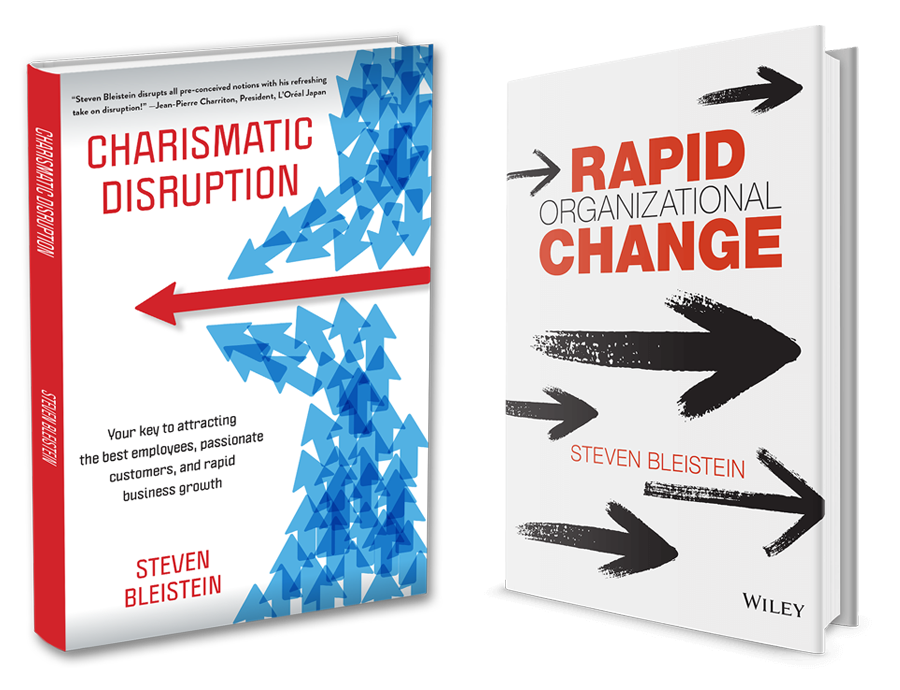自分の決める戦略

The best military strategists always choose the terrain on which they will do battle, rather than allowing the enemy to choose for them. So, in business, why would you possibly allow others to define the topography of your business environment instead of choosing the topography yourself? Yet, that is often precisely what business people do.
[:en]People are Resilient and Adaptive[:ja]人の順応性・適応性の高さ[:]

[:en] Economists predicted that the stock market would tank if Donald Trump were elected, as people had apocalyptic fears of what his policies might do to the world economy. The economists got it right and so very wrong at the same time. The stock market did tank as it became clear Donald Trump was the victor, and then rebounded and soared.
[:en]You Cultivate Leaders, Not Train them[:ja]リーダーとは育てるものであって、訓練するものではない[:]
[:en] You improve leadership capability through coaching and mentoring leaders in their current leadership roles, whether heads of small teams or of global organizations. Learning is applied in vivo, and feedback immediate.
[:en]More Thinking Driven Processes, Less Process-Driven Thinking[:ja]プロセス主導の考え方から、考えることを大切とするプロセスへ[:]
[:en] Too many companies in Japan are dominated by processes-driven thinking when what is really needed is thinking-driven processes. Process-driven thinking is all about adherence—following a process meticulously and consistently—something that the Japanese are particularly good at. Thinking-driven processes, on the other hand, are all about contingence—what you do is contingent upon the situation, and will naturally vary.
[:en]The Middle-Aged Mid-Level Japanese Male Manager: The Bane of Business Leaders[:ja]日本の中年中間層男性マネージャー達:ビジネスリーダーの衰退[:]
[:en] No creativity or innovative ideas. Overly risk-averse. Fearful of change or anything new. Just going through the motions of their jobs, often working late, but more often just working slow. They’re not hungry! They are not assertive! They’re indecisive!. They’re afraid to speak up—afraid to say something with which others might disagree. Abominable at English, they wince at the mere suggestion of trying to learn. The problem is Japanese culture say some. I have encountered many such Japanese managers in Tokyo.

